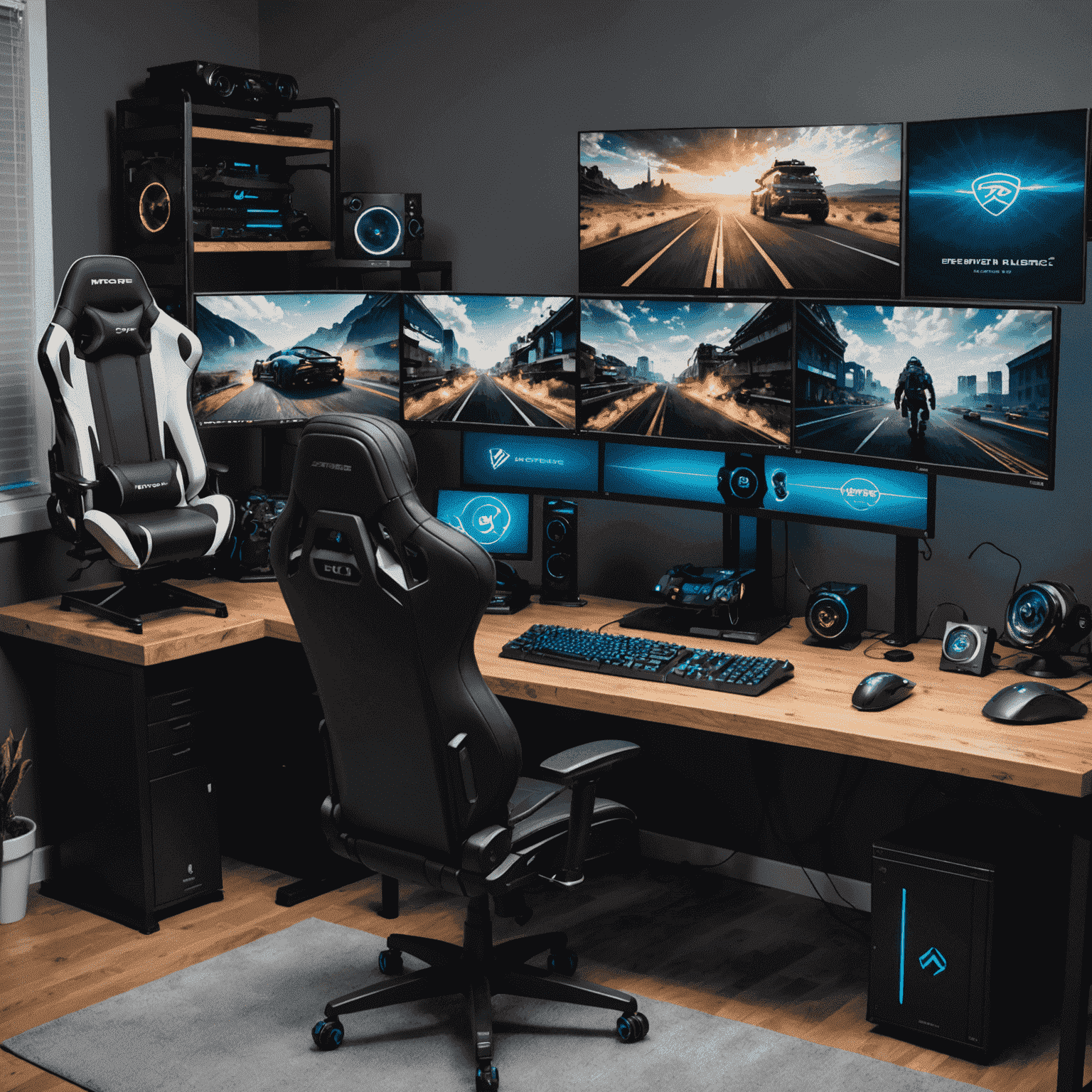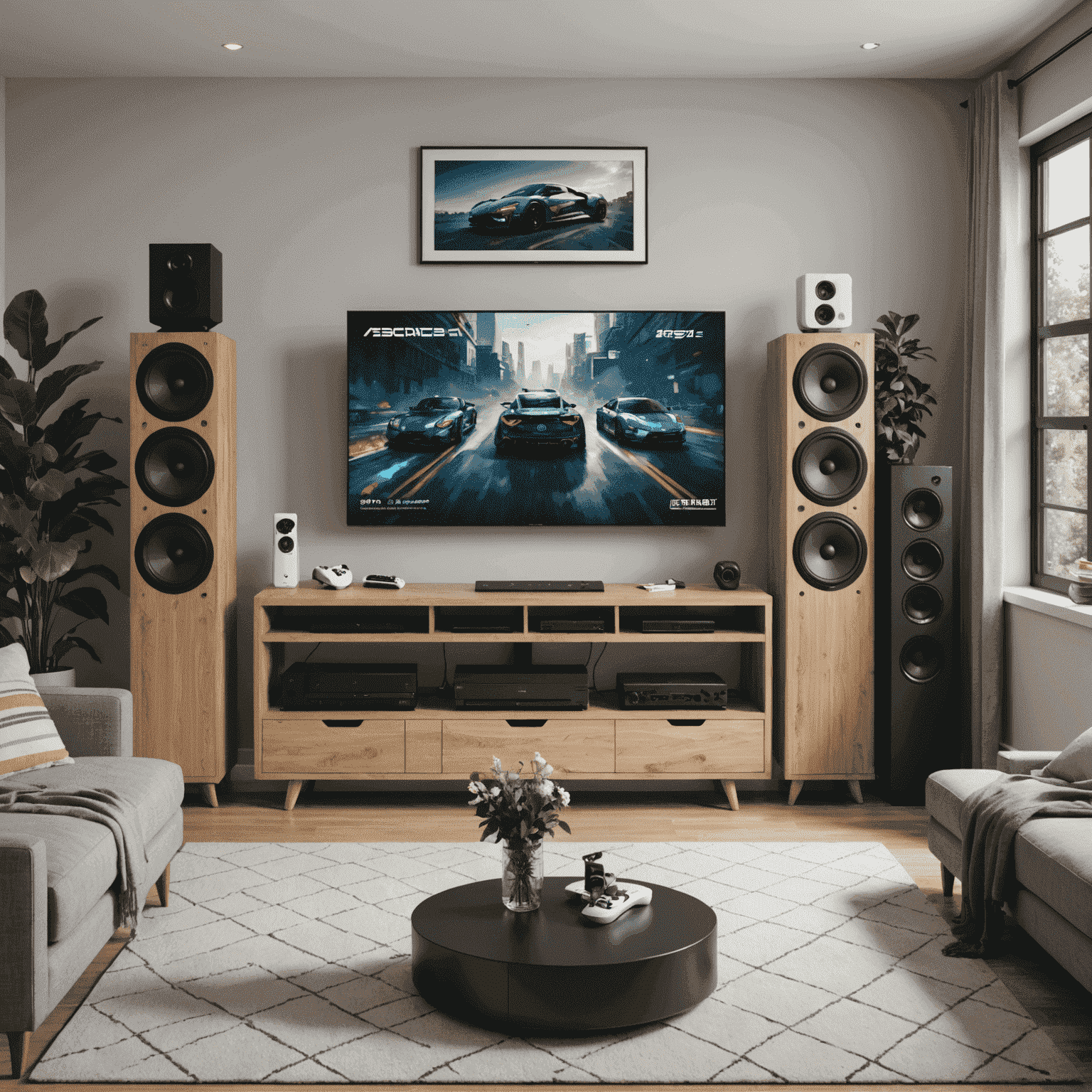Control Scheme Comparisons: PC, Console, and Mobile
In the ever-evolving world of gaming, the way we interact with our favorite titles can vary dramatically depending on the platform. Let's dive into an analysis of how control schemes and user interfaces differ between PC, console, and mobile versions of popular games.
PC Gaming: The Keyboard and Mouse Reign

PC gaming traditionally offers the most customizable control schemes. The keyboard and mouse combo provides:
- Precision aiming in FPS games
- Quick access to numerous hotkeys for MMORPGs
- Efficient unit selection and management in RTS games
Games like "Starcraft II" or "World of Warcraft" showcase the advantages of PC controls, allowing for complex actions to be executed swiftly.
Console Gaming: The Controller Experience

Console controllers offer a different, often more relaxed gaming experience. They excel in:
- Intuitive analog stick movement for 3D platformers
- Comfortable, long-session play for action-adventure titles
- Standardized button layouts that work well for fighting games
Games like "God of War" or "Super Mario Odyssey" are designed with controller ergonomics in mind, offering smooth, intuitive gameplay.
Mobile Gaming: Touch and Tilt

Mobile gaming has revolutionized control schemes with:
- Touch-based controls for direct interaction
- Tilt and gyroscope features for racing or ball-rolling games
- Simplified, on-scdisplayn buttons for traditional game genres
Games like "Angry Birds" or "Monument Valley" showcase how touch controls can create unique and intuitive gameplay experiences.
Cross-Platform Adaptations
Many games now exist across multiple platforms, requiring clever adaptations of their control schemes. For example:
- "Fortnite" uses building mechanics that work differently on PC, console, and mobile
- "Minecraft" adapts its inventory management for touch scscreensns and controllers
- "Rocket League" maintains its core gameplay across platforms but with platform-specific control nuances
The Future of Game Controls
As technology advances, we're seeing new control methods emerge:
- VR controllers for immersive experiences
- Voice commands for hands-fhands-free control
- AI-assisted controls to enhance player capabilities
These innovations may further blur the lines between traditional platform control schemes.
Conclusion
The diversity in control schemes across PC, console, and mobile platforms offers gamers a rich variety of ways to interact with their favorite titles. Each platform has its strengths, and game developers continue to innovate, creating control schemes that best suit their games and the platforms they're designed for. As gamers, we benefit from this diversity, enjoying optimized experiences whether we're using a keyboard and mouse, a controller, or a touchscscreenn.